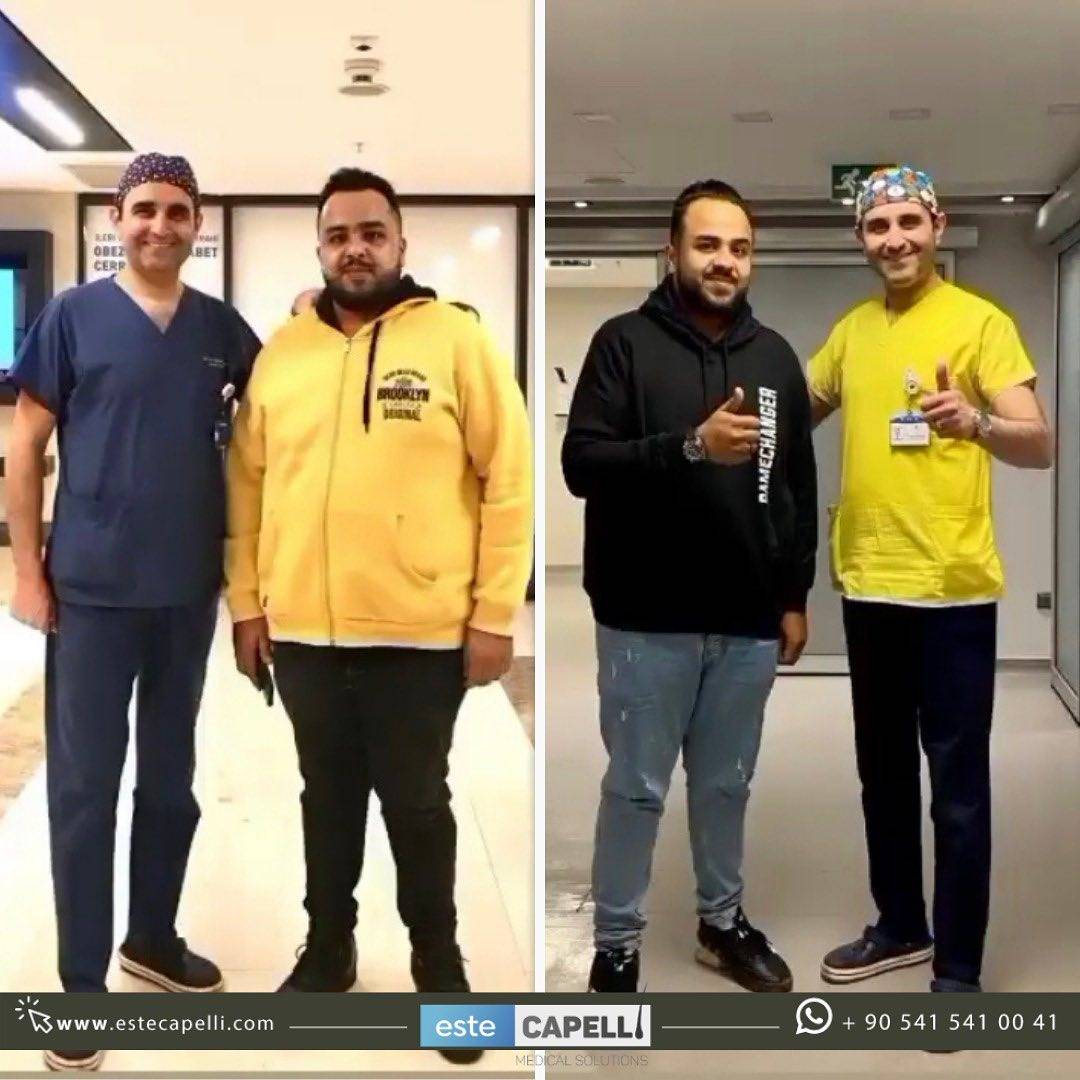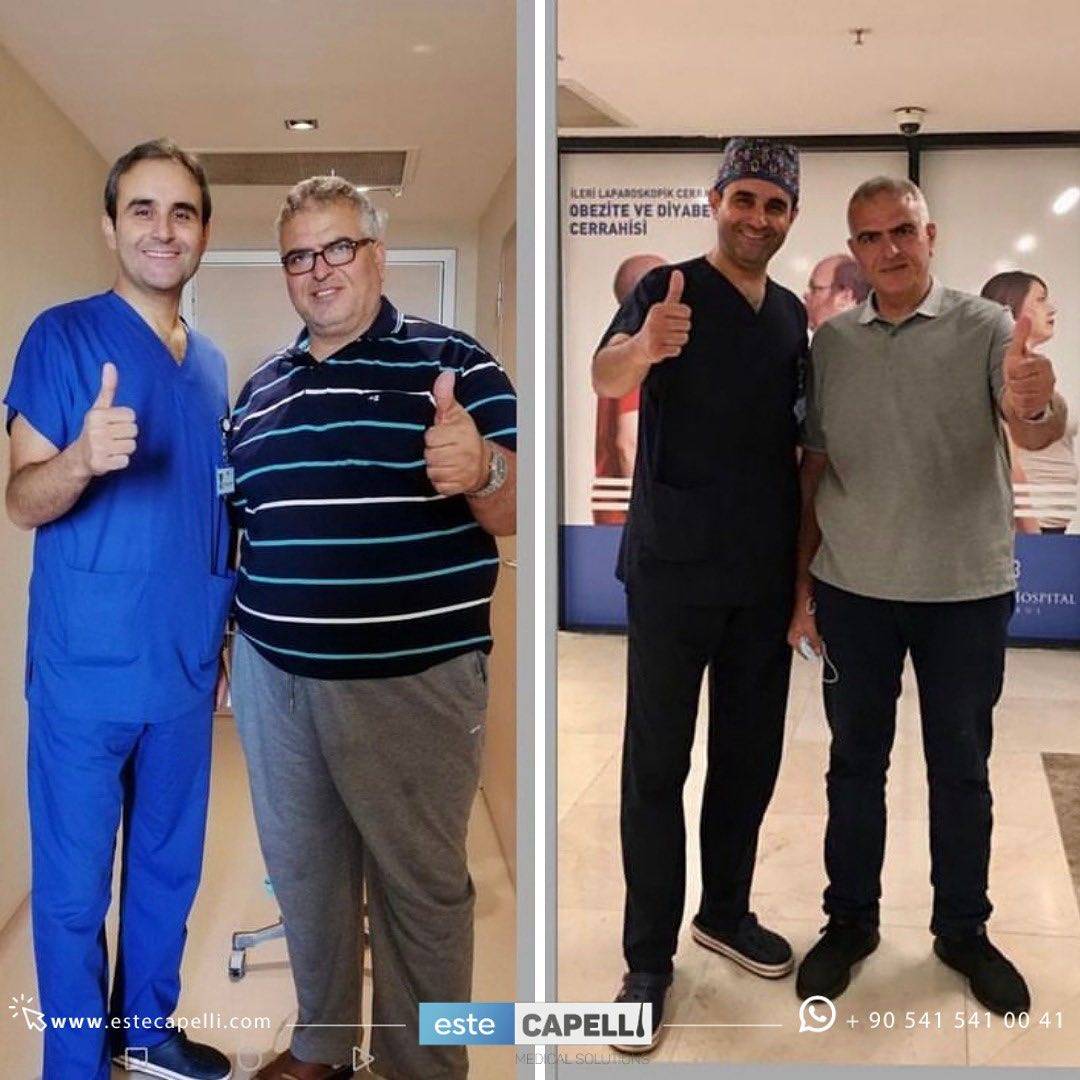
Gastric sleeve surgery, formally known as sleeve gastrectomy, stands as a transformative bariatric procedure. This operation fundamentally reshapes the digestive organ by excising a substantial section. Consequently, a slender stomach sleeve emerges, supplanting the previous capacity. Initially, it may appear daunting; however, the procedure is designed to aid in significant weight loss. Although it irrevocably alters the stomach’s size, it offers a path towards a healthier lifestyle. Thus, for those grappling with obesity, sleeve gastrectomy presents a medically advanced option for enduring change.
What is Gastric Sleeve?
The gastric sleeve procedure is a surgical method for weight loss, scientifically termed sleeve gastrectomy. This surgery strategically decreases stomach volume to facilitate reduced food intake. Surgeons remove approximately 80% of the stomach during the operation. As a result, the remaining structure resembles a slender tube akin to a banana in shape. This dramatic reduction in size assists patients in their journey towards a healthier body weight.
Key steps in the procedure include:
- Surgical removal of a large stomach portion.
- Crafting the remaining section into a narrow sleeve.
The design of the gastric sleeve aims to curb hunger and provide early satiety. Despite the permanence of the surgery, it has gained popularity for its effectiveness. It allows for a substantial and sustained weight loss trajectory. Additionally, the procedure does not involve any bypass of the intestinal tract, which simplifies the process and lessens certain risks associated with more invasive surgeries.
Procedure Details
Operation Time
1,5 – 2 hours
Hospital Stay
2 days
Hotel Stay
4 days
Healing Time
2 – 3 months
Risks of Gastric Sleeve
Undergoing gastric sleeve surgery involves inherent risks, similar to any surgical intervention. Complications are rare, affecting a minor fraction of cases, yet they exist. Notable surgical risks encompass:
- Uncontrolled bleeding.
- Surgical site infection.
- Adverse reactions to anesthesia.
- Staple line breaches leading to leaks.
According to Carlos Hoyuela, the success rates for gastric sleeve patients, with success defined as excess weight loss exceeding 50%, impressively stand at 96.1% at one year post-operation. They slightly decrease over time, recording 95.1% at two years, 89.5% at three, 82.1% at four, and 73.0% after five years.
Postoperative life can bring its own set of challenges. Narrowing of the stomach due to scar tissue formation may impede the passage of food, leading to discomfort including nausea or vomiting. Also, the dramatic reduction in food intake post-surgery can result in nutritional shortfalls, necessitating lifelong supplementation. Additionally, some individuals may experience an exacerbation or new onset of gastroesophageal reflux, which typically responds well to medicinal management. Lastly, the rapid weight loss post-surgery can increase the risk of gallstones, potentially requiring further surgical resolution. Despite these concerns, complications can often be managed effectively with prompt medical attention.


GET FREE CONSULTATION
What to Expect Before Surgery
Prior to undergoing sleeve gastrectomy, stringent prerequisites must be met. Candidates typically exhibit severe obesity, which is quantified through a BMI calculation, requiring a minimum BMI of 40, or 35 with an associated medical condition. Notably, efforts to lose weight through traditional means must have been attempted without success, often necessitating a documented period of medically supervised weight loss efforts.
Preparatory steps before sleeve gastrectomy include:
- Adhering to a two-week liquid diet, aimed at reducing abdominal and liver fat, thereby enhancing surgical safety.
- Abstaining from any food or drink intake for twelve hours before the operation to ensure an empty stomach, mitigating potential perioperative risks.
These measures, coupled with comprehensive physical and mental readiness assessments by a multidisciplinary medical team, are pivotal in the journey towards this life-altering surgery. Each step is meticulously designed to prepare the body and mind, optimizing the chances of a successful outcome and a smoother recovery.
During Surgery
Undergoing gastric sleeve surgery, a patient experiences a minimally invasive approach through laparoscopic techniques. The surgeon implements small punctures in the abdominal wall, introducing a laparoscope and specialized instruments. This process begins with administering general anesthesia to ensure the patient remains unconscious and discomfort-free.
- The abdomen is inflated with carbon dioxide to offer a clearer view and more room to operate.
- A camera-equipped device is inserted to broadcast the internal view onto a monitor, guiding the surgery with precision.
- The stomach is then meticulously reshaped into a sleeve, with the excess portion excised.
Subsequently, the surgeon utilizes a surgical stapler to seal the new stomach shape. This method promotes quicker recovery times and reduces postoperative complications. Finally, the incisions are sutured, concluding the sleeve gastrectomy, marking the first step towards a new health trajectory for the patient.
After Surgery
Postoperative care following a gastric sleeve is critical for successful recovery and weight loss. Regular consultations with a healthcare provider are pivotal in this phase. During these meetings, the provider assesses the patient’s recuperation, noting weight reduction and evaluating any complications or side effects from the surgery. Additionally, they review the patient’s adherence to post-surgery lifestyle recommendations, essential for sustained health improvement. The journey after sleeve gastrectomy is not solitary; it includes professional guidance to ensure the patient’s well-being and the operation’s success, steering them towards a healthier future without the burden of excess weight.
Rosie O’Donnell underwent gastric sleeve surgery in 2013, a decision propelled by her heart attack the previous year. She conveyed to People, “I did it to save my life,” underlining the procedure’s significance beyond weight management. Her spokesperson emphasized, “It was a life-saving surgery,” acknowledging it as a vital, yet partial solution.
Results of Gastric Sleeve
Recovering from gastric sleeve surgery typically spans four weeks. During this phase, patients often experience fatigue due to the body’s healing process and caloric adjustment. Initially, nutrition is maintained through a liquid diet, advancing to soft and then solid foods as tolerance improves. Outcomes of the procedure are promising, with an average weight reduction ranging from 25% to 30% of initial body weight within the first two years. For a person weighing 300 lbs pre-surgery, this equates to a substantial loss of around 100 lbs. Adherence to new dietary habits post-surgery significantly influences the extent of weight loss. While some may regain weight, the majority sustain a considerable reduction, maintaining an average loss over a five-year period.














